Ready to build strength, gain confidence, and transform your body—all from your living room? You don’t need a fancy gym membership or expensive equipment to see serious results. With the right full body exercises, you can sculpt muscle, improve endurance, and boost energy—all from home.
This is your ultimate guide to the top 7 full body exercises that will challenge and strengthen every major muscle group. Whether you’re a beginner or getting back on track, this guide will help you kickstart your home fitness journey.
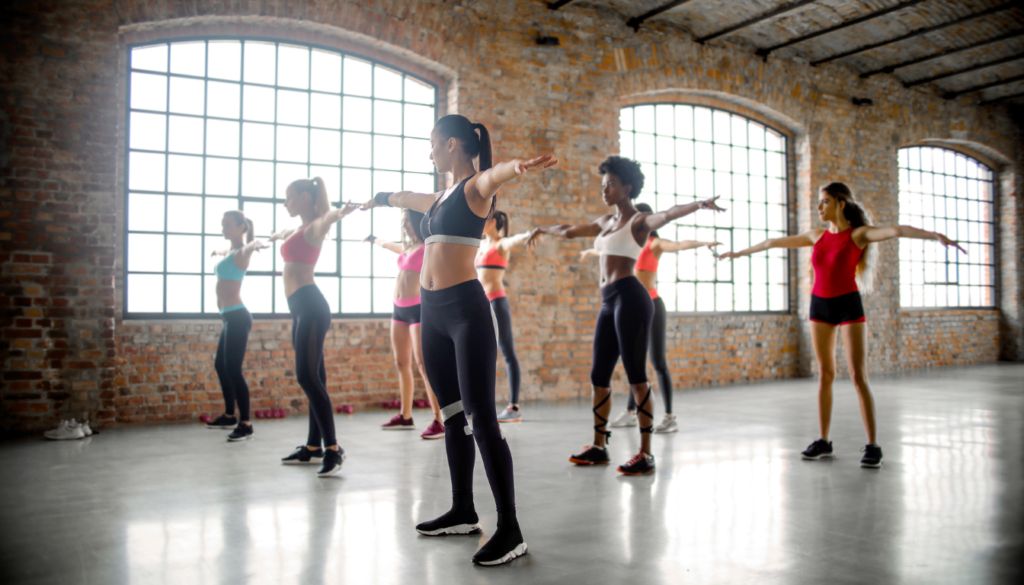
Why Full Body Exercises Matter
Full body exercises are movements that engage multiple muscle groups at once. Rather than isolating one part (like just your biceps), you’re working your body as a complete unit.
Benefits of Full Body Workouts:
- Burn more calories in less time: Full body exercises activate more muscles, increasing your overall calorie burn.
- Improve coordination and balance: Training multiple muscles improves body awareness and stability.
- Strengthen your core, legs, arms, and back simultaneously: Functional strength matters in everyday life.
- Perfect for weight loss and building lean muscle: Especially when combined with proper nutrition.
- Reduce the risk of injury: Balanced strength across muscle groups supports joint health.
“Take care of your body. It’s the only place you have to live.” – Jim Rohn
Full body exercises are also time-efficient, making them a great choice if you’re short on time but want maximum results.
Tips Before You Start
Before jumping into your routine, keep these essentials in mind:
| Tip | Why It Matters |
|---|---|
| Warm Up | Prepares muscles and prevents injury. Try 3-5 mins of jumping jacks or arm swings. |
| Focus on Form | Quality over quantity! Proper form builds strength safely. |
| Rest & Hydrate | Water and recovery are just as important as the workout. |
| Use a Timer | For circuit workouts, this helps keep you on track and motivated. |
Top 7 Full Body Exercises to Build Strength at Home
These moves require no equipment and can be done in a small space. Let’s dive in!
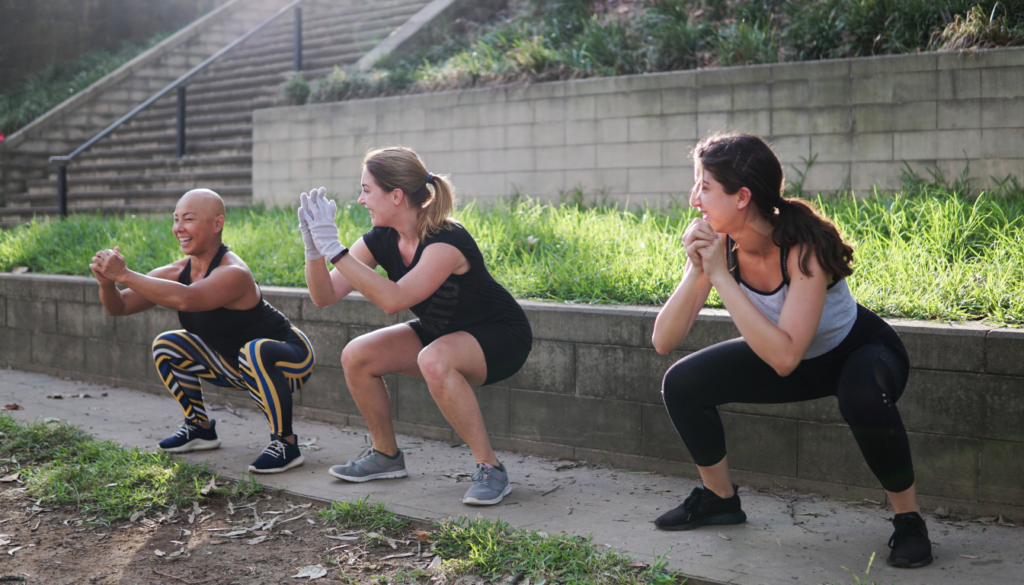
1. Bodyweight Squats
- How to: Stand with feet shoulder-width apart. Lower hips like you’re sitting in a chair. Rise back up.
- Muscles Worked: Glutes, quads, hamstrings, core.
- Pro Tip: Keep knees behind toes. Go as low as flexibility allows.
- Add a jump at the top to turn it into a cardio-strength combo.
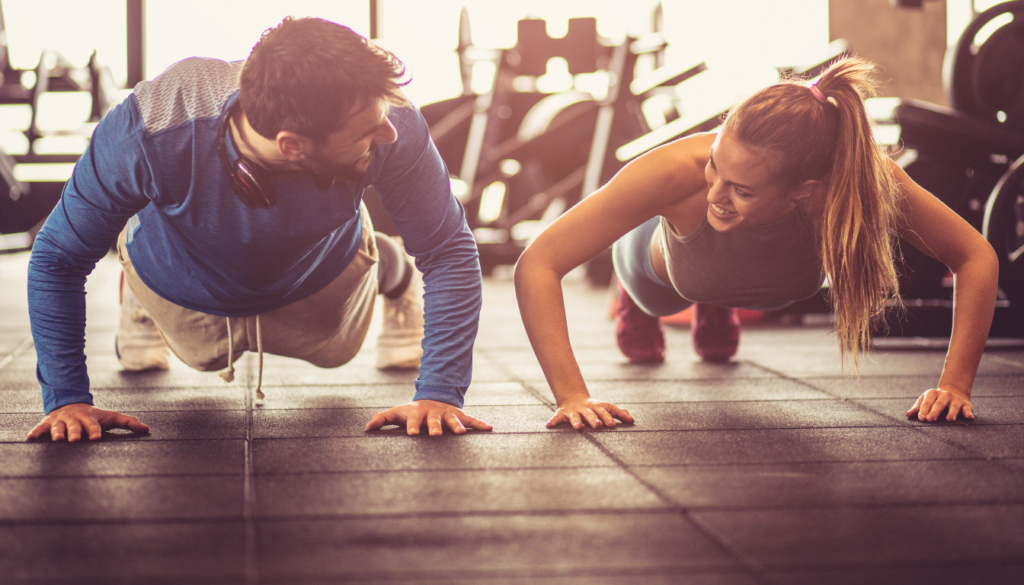
2. Push-Ups (Modified or Full)
- How to: Hands slightly wider than shoulders, body in a plank. Lower chest, then push back up.
- Muscles Worked: Chest, shoulders, triceps, core.
- Pro Tip: Modify with knees down or elevate hands on a surface.
- Push-ups build upper body strength and boost endurance fast.
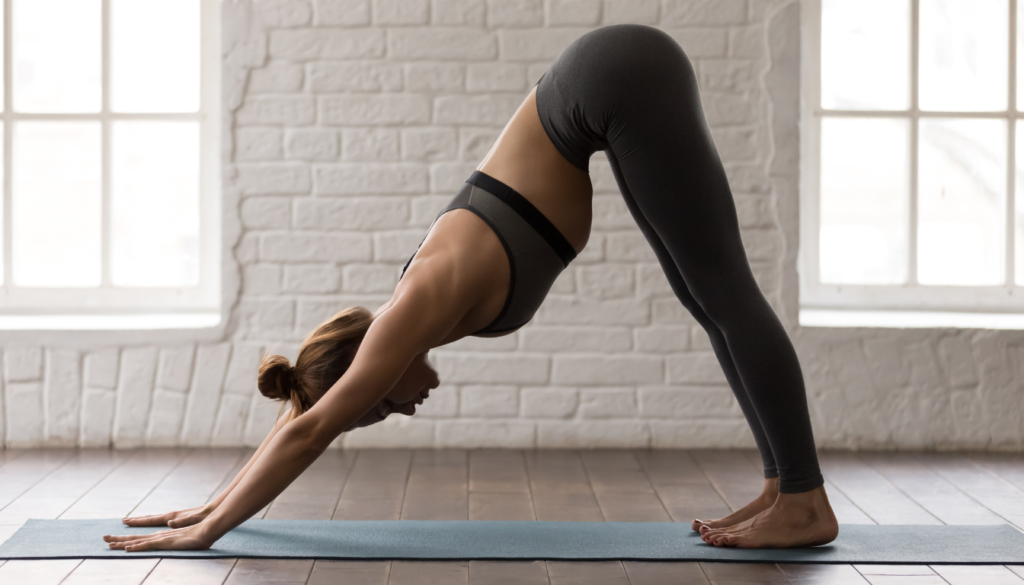
3. Plank to Downward Dog
- How to: Start in a plank, push back into Downward Dog (hips high), then return to plank.
- Muscles Worked: Shoulders, arms, core, hamstrings.
- Pro Tip: Focus on core engagement and controlled breathing.
- This exercise improves strength, flexibility, and mobility all at once.
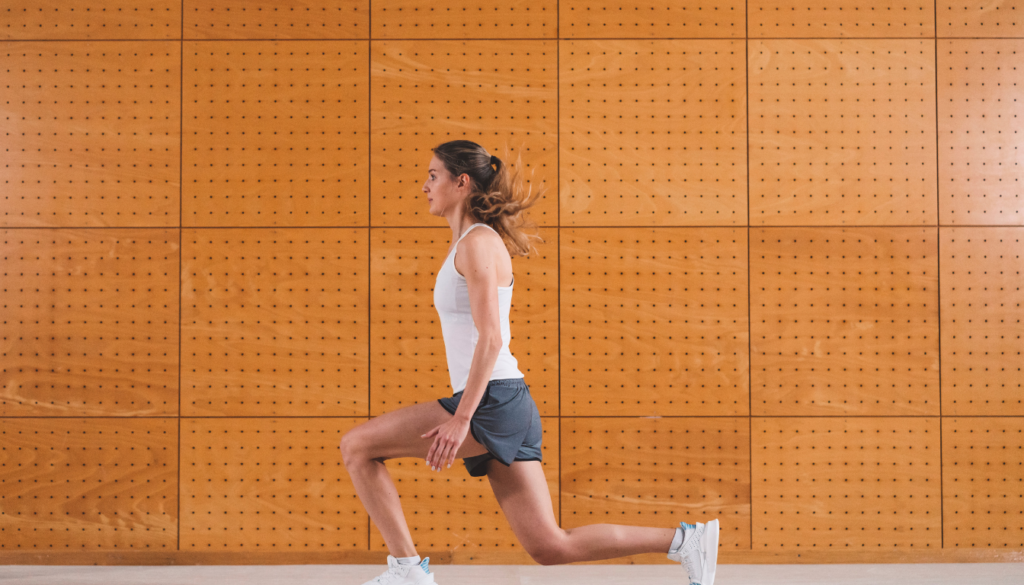
4. Reverse Lunges with Arm Reach
- How to: Step back into a lunge, raise arms overhead. Return and switch legs.
- Muscles Worked: Legs, glutes, core, shoulders.
- Pro Tip: Keep your chest lifted and core braced.
- Reaching arms overhead improves posture and adds a stretch.
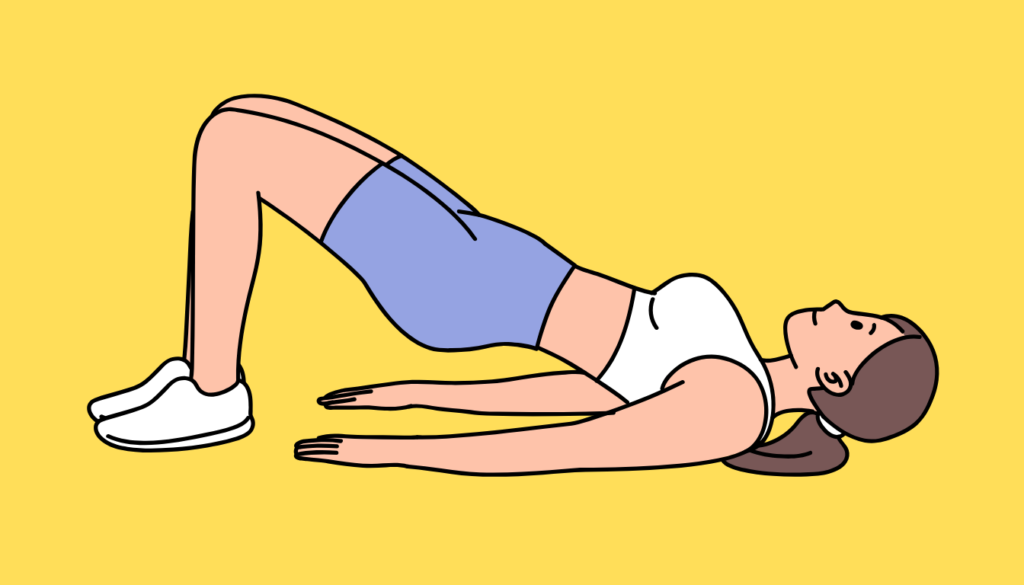
5. Glute Bridge Marches
- How to: Lie on back, lift hips into a bridge. Alternate lifting each foot.
- Muscles Worked: Glutes, hamstrings, core.
- Pro Tip: Keep hips level while marching for max control.
- Excellent for strengthening your posterior chain and improving pelvic stability.
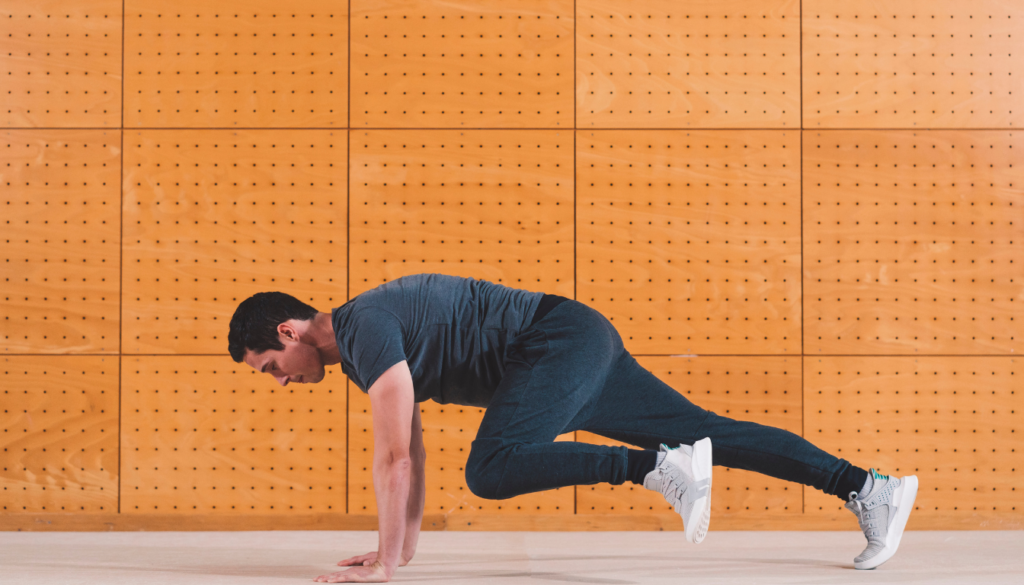
6. Mountain Climbers
- How to: In plank, drive knees to chest rapidly, alternating.
- Muscles Worked: Core, shoulders, legs.
- Pro Tip: Start slow and increase speed as you build endurance.
- Also a great way to get your heart rate up.
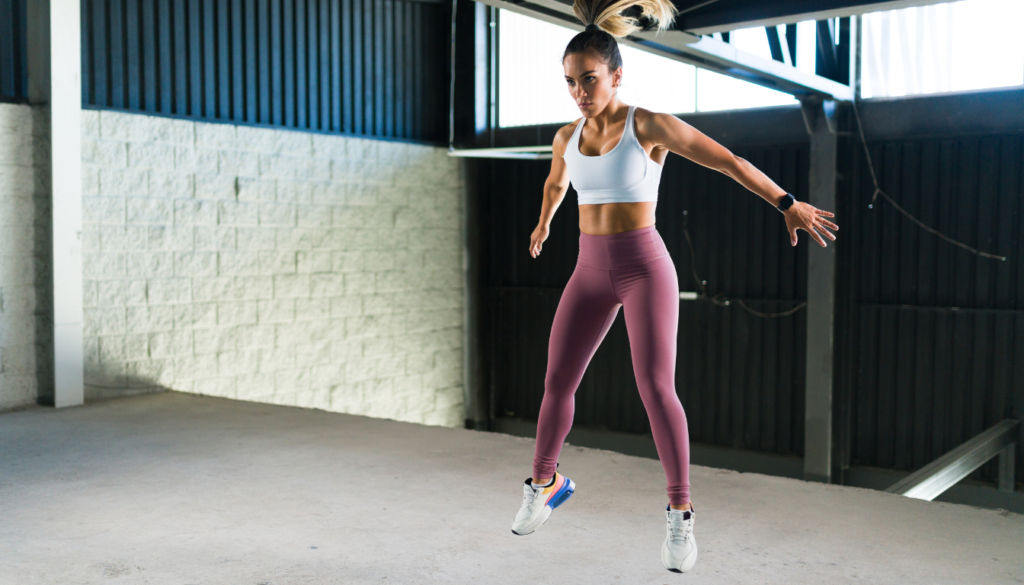
7. Burpees (Low-Impact Option Available)
- How to: Squat, place hands down, step or jump to plank, return to squat, jump up.
- Muscles Worked: Full body.
- Pro Tip: Skip the jump and step back to modify.
- Burpees train strength, power, and cardio in one explosive move.
Sample Full Body Strength Circuit
Here’s how you can turn these into a powerful 20-minute home workout:
| Round | Exercise | Time |
| 1 | Bodyweight Squats | 45 sec |
| 2 | Push-Ups | 45 sec |
| 3 | Glute Bridge March | 45 sec |
| 4 | Mountain Climbers | 45 sec |
| 5 | Reverse Lunges | 45 sec |
| 6 | Burpees | 45 sec |
| 7 | Plank to Downward Dog | 45 sec |
| Rest | 60 sec | |
| Repeat 2–3 Rounds |
Note: Always cool down with stretches for hamstrings, quads, and shoulders.
Recovery & Stretching Tips
After your workout, it’s essential to cool down and stretch to aid recovery and prevent soreness.
Try these static stretches:
- Hamstring Stretch – Sit and reach for your toes.
- Quad Stretch – Stand, pull heel toward your glutes.
- Child’s Pose – Relax spine and shoulders.
- Shoulder Cross Stretch – Pull one arm across your body.
Hold each for 20–30 seconds. Focus on slow, deep breathing to calm your nervous system.
How to Progress and Stay Motivated
- Increase rounds or duration each week.
- Add light dumbbells or resistance bands for extra challenge.
- Slow down tempo for better control and muscle engagement.
- Set goals (e.g., 20 push-ups in 30 days).
- Track progress with a workout log or app.
- Join a challenge or find a virtual workout buddy.
“Strength doesn’t come from what you can do. It comes from overcoming the things you once thought you couldn’t.” – Rikki Rogers
Conclusion
With these 7 full body exercises, you’ve got everything you need to start building strength at home. No gym. No excuses. Just commitment, sweat, and results.
Start small, stay consistent, and believe in your progress. The body you want is built one rep at a time.
Ready to move? Pick three exercises from the list and try your first round today!
FAQs About Full Body Exercises at Home
Q1. Can I build real strength with bodyweight exercises?
Yes! Consistency, proper form, and progression make a huge difference.
Q2. How often should I do full body workouts?
2–4 times a week is ideal for strength and recovery.
Q3. Do I need rest days?
Yes. Muscles grow during rest. Alternate workout days.
Q4. What’s the best time of day to train?
Anytime! Pick a time that fits your schedule and energy.
Q5. How long should each session last?
15–30 minutes is effective, especially with circuits.
Q6. Should I stretch before or after workouts?
Warm up first, then do deep stretches post-workout.
Q7. What if I have joint pain?
Use modifications or consult a trainer/physio to stay safe.
Q8. Can beginners do these exercises?
Absolutely. Start with slow reps and modify as needed.
Q9. What’s more effective—full body or split routines?
Full body workouts are great for beginners and fat loss. Splits are for advanced training.
Q10. Do I need to eat differently on workout days?
Fuel your body with balanced meals—especially protein and complex carbs—to support recovery.

